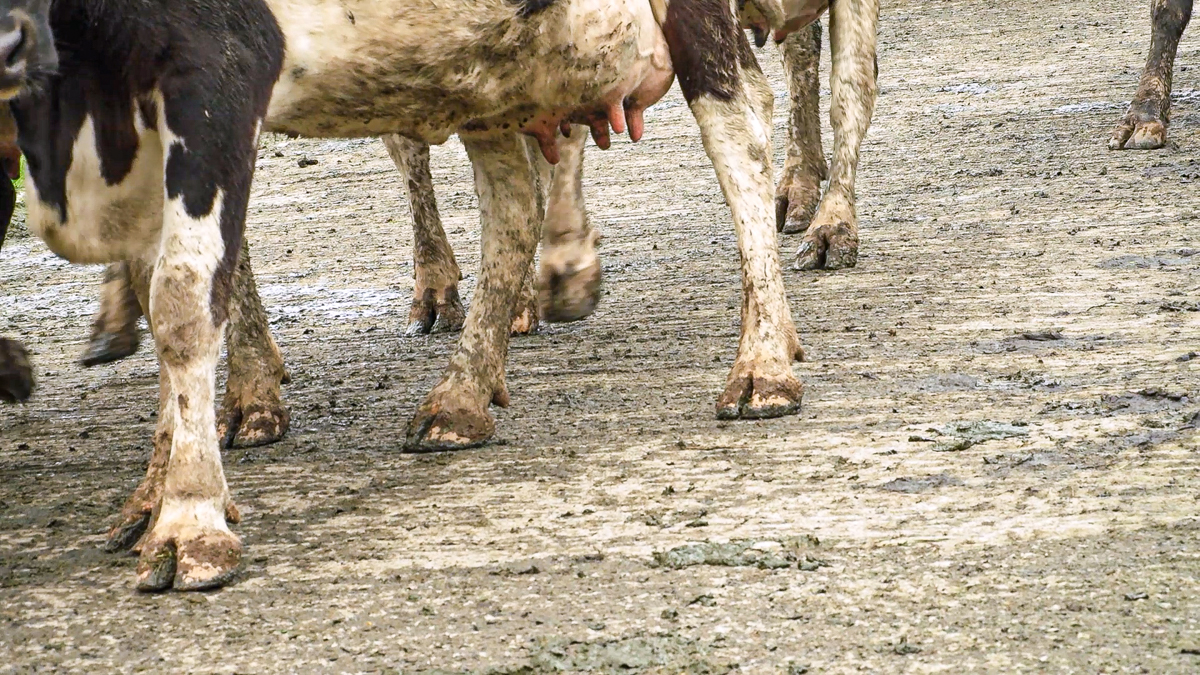Lameness is an issue that is unfortunately extremely difficult to completely eliminate on farms, but the number of cases that occur can be greatly reduced.
The grazing season for many farms has started much earlier than previous years, which is an extremely positive situation for farmers to find themselves in.
Although the recent change in weather has meant many have had to house cows, a large number of herds have already achieved a considerable number of days at grass.
Lameness
And, while this is a positive thing, it also means that cows are now walking on roadways and this is likely where they will pick up lameness issues.
The housed period is also a high-risk period for lameness issues, but issues in grazing herds with bruising, ulcers and White line disease are more common.
If there are ongoing issues with lameness farmers should complete an assessment of their farm to determine the source of the issue.
Once the main cause has been identified, preventative measures can then be put in place to reduce or prevent the issues from occurring again.
As the length of walks for cows increases it is important to monitor cows, and to identify and treat any cows that are showing signs of lameness.
Management
A useful tool to help identify cases in herds earlier is locomotion scoring, which assesses the movement of the cow to determine if there is a mobility or lameness issue.
Locomotion scoring is a five-point system (below) based on both gait and posture:
- Normal: The cow is not lame; the back is flat;
- Mildly lame: The back is slightly arched when walking;
- Moderately lame: The back is arched when both standing and walking. The cow walks with short strides in one or more legs;
- Lame: The lame cow can still bear some weight on the affected foot;
- Severely lame: The back is arched; the cow refuses to bear weight on the affected foot and remains recumbent.
Herd assessments should be done when the cows are walking on level, unobstructed walkways that give the observer a clear view.
On many farms, locomotion scoring is frequently performed when the cows are leaving the milking parlour.
The key to locomotion scoring is knowing that a cow’s hind foot should land in the same place as her front foot; failure to do this may be an indication of a lameness issue.
Pairing
To get on top and keep on top of lameness assessment is important, but so is getting cows treated promptly.
The sooner a cow is looked at, the quicker it will recover, and the amount of time spent likely be in pain is reduced.
Lameness is a welfare issue for cows, so it is important that treatment is done as quickly as possible.
